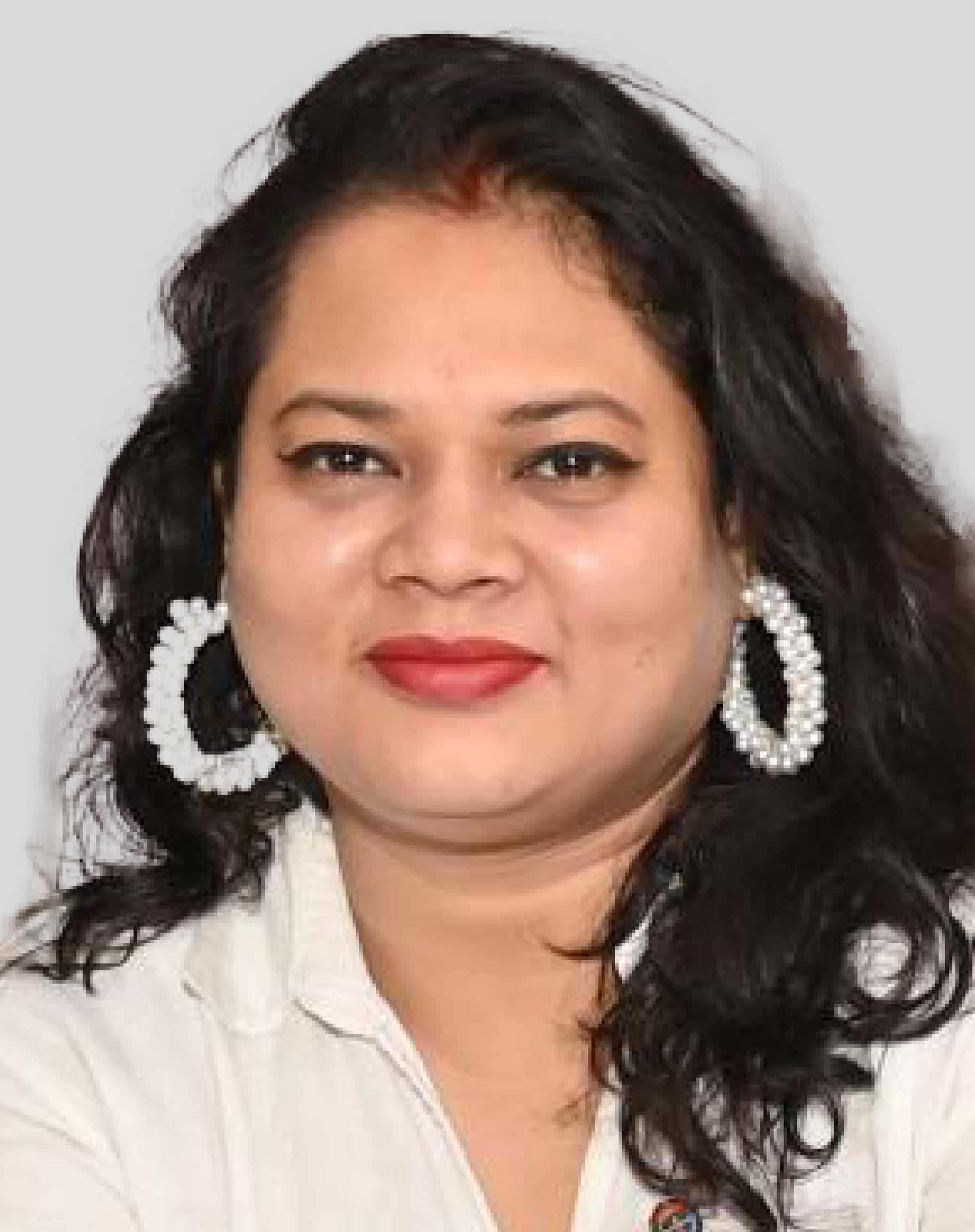Geospatial technology has found its place in almost all the sectors, be it finance, construction, space, agriculture, retail, commerce, or defense and security.
The Plenary 1 of Day 1 at Geospatial World Forum 2024 witnessed three different sectors investment, construction and data coming together, to provide a glimpse of one common geospatial technology thread running through it all.
Judith Pryor, First VP & Vice Chair, EXIM Bank gave a glimpse of the investments that EXIM is making and how the trends they observed in the market.
EXIM finances up to 85% of the export contract value associated with satellite infrastructure:
- Manufactured Systems, Launch Services, Launch & In-Orbit Insurance, Ground Network, On-orbit Servicing, and Manned or Unmanned Flight Mission
- Associated Software, Services, Ancillary Fees, and Local Costs
- MMIA: Expansion of Manufacturing, Space Supply Chain Network
For the first time, we are at a place where we can support the full life cycle of an export. We have to facilitate our exports with the intent of job creation in the United States.
To assist in this, we are offering domestic financing to build the manufacturing facilities, and testing lab equipment as long as a certain portion of the manufactured goods in the US is meant for designated export.
The trends that EXIM is witnessing currently are that SpaceX Launches are popular! We see fewer one-off GEOs and an uptick in LEOs and Earth Observation for both large and small constellation. There is a need to track objects in space, because the sky is getting extremely crowded. So we need to address this through situational awareness.
Convergence of hardware, software and data
Ronald Bisio, SVP, Trimble, gave a detailed presentation on the pros and cons of construction industry. He also emphasized how with the convergence of hardware, software and data, global challenges like greenhouse emissions, safety of construction workers can be addressed.
He said, “37% of the greenhouse emissions are connected to the construction industry, if we can make this industry cheaper and faster, we can improve its impact on the global climate. We are only two months away from Paris 2024 Summer Olympics, with some impressive projects under way in France.”
The Grand Paris Express is one of them, to enlarge the capacity of the regional and metropolitan rail of 200 Kilometers, of which 90% is underground.
It is going to require tunnels, convergence of data, hardware and software. The construction workers are under extreme pressure to be on budget, to be on schedule, to make less greenhouse impacts, and to make it safe for the workers.
Convergence of hardware
Total stations and scanners were used alongside tunnel-boring machines to automate precise as-built surveys and measurements, facilitating real-time feedback and adjustments for project quality and efficiency.
And Software and data
Specialized field software enables precise tunnel measurements, analysis, integrating data collection with immediate on-site comparisons to design, thereby improving construction accuracy and decision making through advanced data utilization.
Open data for greater good
Map data is used widely by various organizations, enterprises, businesses, and even by common people. The consumption depends on the quality of data and the users affordability, but with data being made open for all, the usage has only grown exponentially, and innovations have also grown in services.
But why is only certain part of data is made open?
Marc Prioleau, Executive Director, Overture Maps Foundation, While working on Overture Maps foundation we were focusing on three things:
- Use the best sources of Open Map Data
- Data that is of Market grade quality
- Stable, linkable format
If you want to make open source data, you have to use the best sources of open map data that can be crowdsourced, AI-Generated, is of the government and high quality.
Accuracy is key followed by real-time data. When we work with the governments, we can get access to the data that is not open, and build something that can be useful for billions of people. This can help us in developing robust feedback loops. We have not done it yet, but we hope we will get to that someday and the world can take advantage of that data in some manner.









